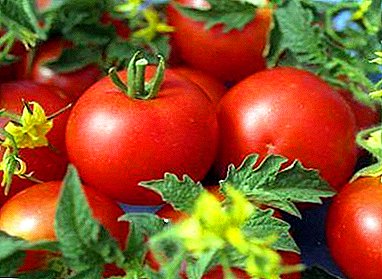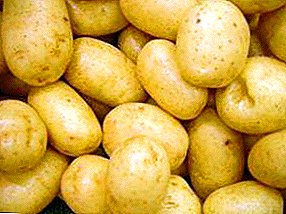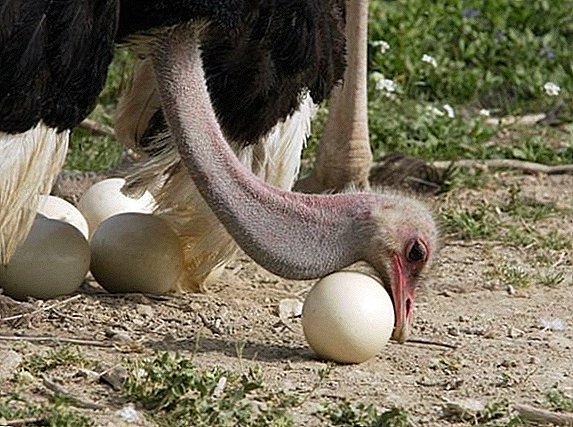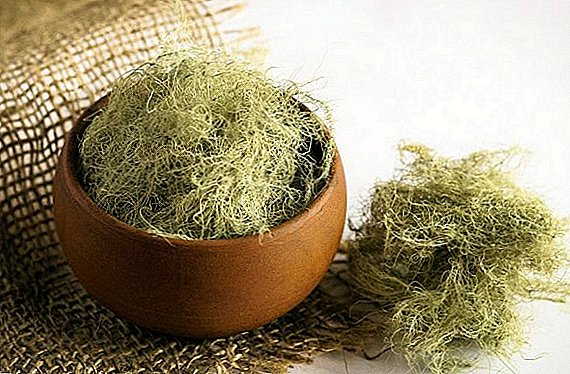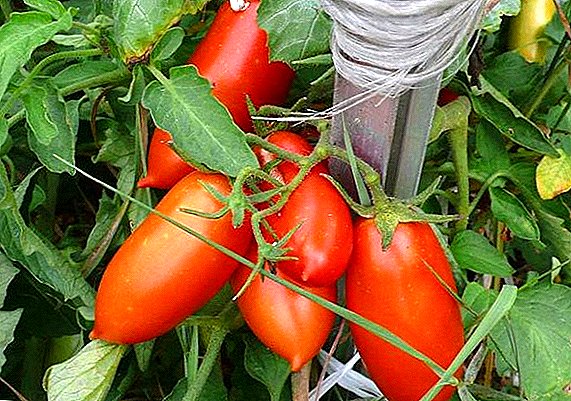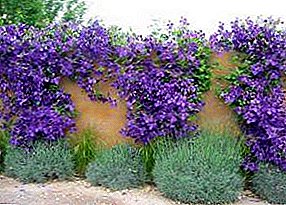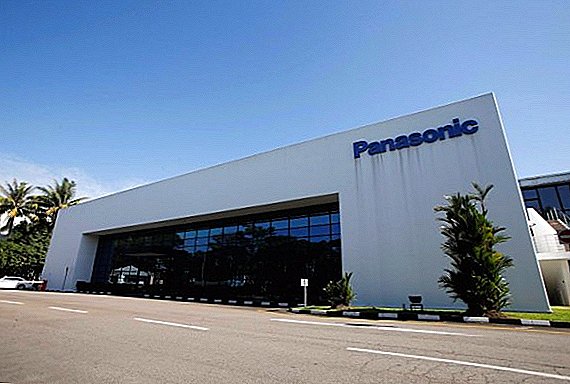Panasonic is known for its consumer electronics, but the Japanese company has also gone deep into agriculture. In 2014, Panasonic began growing greenery inside a warehouse in Singapore and selling it to local grocers and restaurants. At that time, 2670 square feet of farm produced only 3.6 tons of products per year. Alfred Tam, Assistant Manager of Agriculture for the Business Division of Panasonic, told Business Insider that the farm area and the number of products had quadrupled since then. 


Panasonic greens are grown indoors all year round, using LED lamps instead of sunlight. Growing beds are folded to the ceiling in order to achieve greater yield in a limited space. 

Panasonic vegetable farm is located in an inconspicuous warehouse in Singapore. It potentially produces 81 tons of greens per year - 0.015% of all products grown in Singapore. The company ultimately hopes to raise this percentage to 5%. Currently there are 40 types of crops in stock, including mini red radish, mini white radish, lettuce, Swiss chard, romain lettuce, and rainbow chard. By March 2017, the farm plans to start growing another 30 varieties. 

To grow greenery, Panasonic workers place tiny seeds in growing beds. Unlike many vertical farms, Panasonic grows greens in the ground and under LEDs instead of sunlight, which are provided by a local company and which spend less energy than traditional light bulbs. The farm increases the number of products grown in Singapore, which imports more than 90% of its food. The island nation has a shortage of arable land, so agriculture can be a viable way to grow more greenery indoors. 


3 ounces of green lettuce from the farm is priced at about $ 5 in Singapore's grocery stores, under the Veggie Life brand. In mid-2014, Panasonic also began selling greens for local restaurants. 




